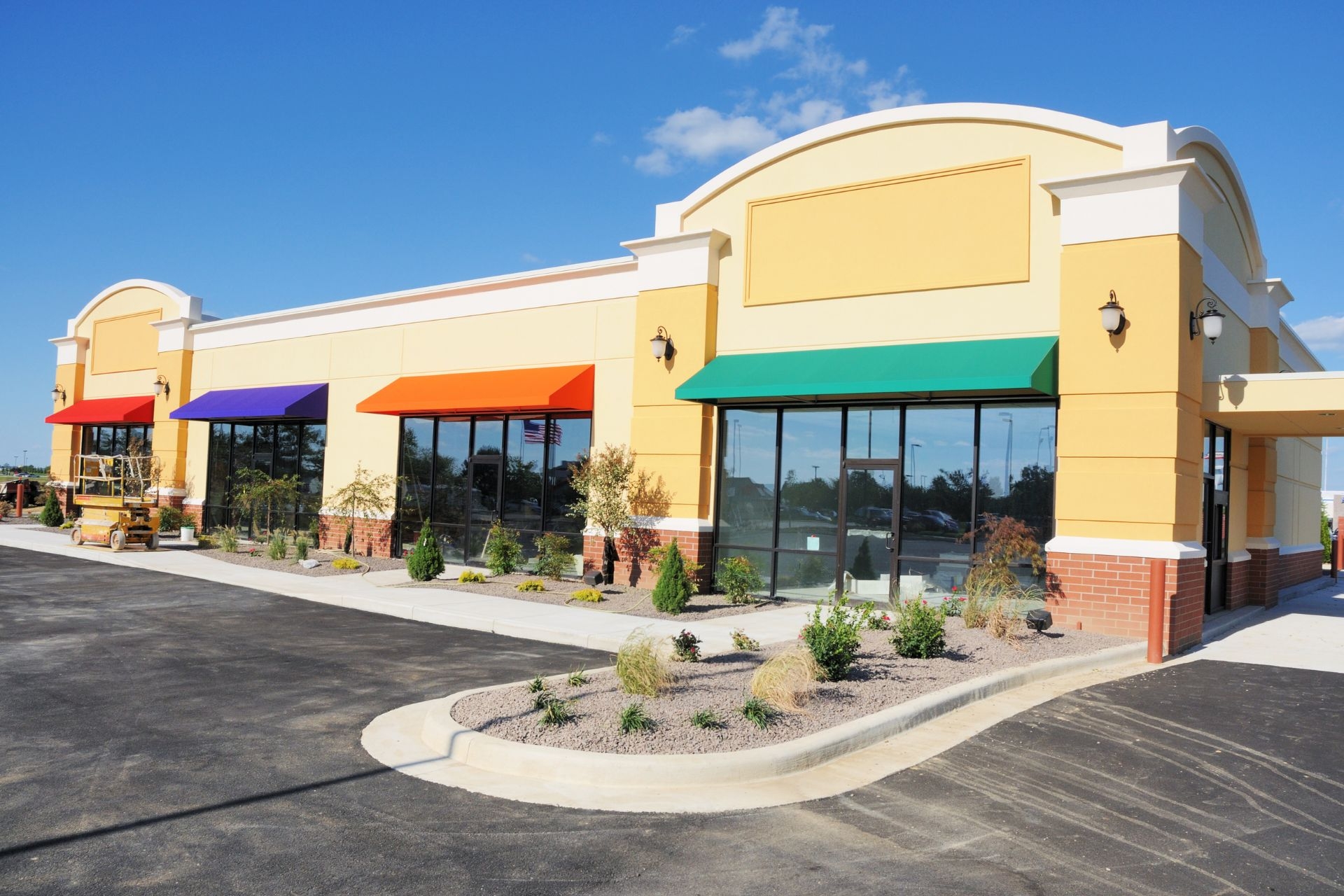

Time-lapse video storage can be optimized to reduce file size by using efficient encoding techniques such as H.264 or H.265, which are capable of compressing video data without sacrificing quality. Additionally, adjusting the keyframe interval and using variable bitrate encoding can help reduce the overall file size while maintaining the visual integrity of the time-lapse video.
The best compression techniques for time-lapse videos to save storage space include using advanced video codecs such as HEVC (High-Efficiency Video Coding) or VP9, which offer superior compression efficiency compared to older codecs. Furthermore, implementing techniques like motion compensation and entropy coding can further reduce the file size without compromising the visual quality of the time-lapse video.
Last week MongoDB CEO Dev Ittycheria likened present-day AI to the “dial-up phase of the internet era.” He’s not wrong. I recently suggested we’re in the “awkward toddler phase” of generative AI (genAI). It’s full of excitement (“her first step!”), but straightforward tasks are clumsy, like basic math. Yet in some areas, the future of generative AI is happening right now. One area is coding assistants such as Amazon CodeWhisperer.To read this article in full, please click here
Posted by on 2024-03-12
While graphics processing units (GPUs) once resided exclusively in the domains of graphic-intensive games and video streaming, GPUs are now equally associated with and machine learning (ML). Their ability to perform multiple, simultaneous computations that distribute tasks—significantly speeding up ML workload processing—makes GPUs ideal for powering artificial intelligence (AI) applications. The single instruction multiple data (SIMD) stream architecture in a GPU enables data scientists to break down complex tasks into multiple small units. As such, enterprises pursuing AI and ML initiatives are now more likely to choose GPUs instead of central processing units (CPUs) to rapidly analyze large data sets in algorithmically complex and hardware-intensive machine learning workloads. This is especially true for large language models (LLMs) and the generative AI applications built on LLMs.To read this article in full, please click here
Posted by on 2024-03-12
In the rapidly evolving landscape of IaaS cloud computing, public cloud providers are increasingly reaching feature and function parity. This means they are beginning to look alike.Before you keyboard warriors remind me that some obscure feature in the object storage system on one provider is better than the object storage feature on another provider, I know they are not exactly the same. I think it’s okay to consider that they are all moving to a similar group of services that do the same things.How did it get this way? This development creates a competitive dynamic between these providers and offers new opportunities and challenges for enterprises. If we have three major cloud providers and three other providers that are catching up quickly, then it’s no longer reasonable to point to a single provider as the one to use. There’s no “best cloud” anymore.To read this article in full, please click here
Posted by on 2024-03-08
Web development platform provider Netlify has added AI-enabled deploy assist capabilities to its Composable Web Platform.Unveiled March 7, AI-enabled deploy assist analyzes failed deployments and offers suggestions to correct errors. Netlify said the feature is intended to reduce the time developers spend manually reviewing logs and debugging failed builds, ensuring failed builds do not become bottlenecks and improving the developer experience.Netlify CTO Dana Lawson explained how the company’s AI addresses issues across toolsets. “When building composable architectures, teams are pulling in tools, content, and integrations that suit them best. When issues happen, it’s not always clear what part of your composable architecture is having issues. It could be code, configuration, etc,” Lawson said.To read this article in full, please click here
Posted by on 2024-03-07
Kubernetes has become the de facto way to schedule and manage services in medium and large enterprises. Coupled with the microservice design pattern, it has proved to be a useful tool for managing everything from websites to data processing pipelines. But the ecosystem at large agrees that Kubernetes has a cost problem. Unfortunately, the predominant way to cut costs is itself a liability.The problem is not Kubernetes. The problem is the way we build applications.To read this article in full, please click here
Posted by on 2024-03-07
Specific file formats such as MP4 or MOV are more efficient for storing time-lapse videos due to their support for advanced compression algorithms and metadata storage. These formats also offer compatibility with a wide range of devices and platforms, making them ideal for long-term storage and playback of time-lapse videos.

Recommended settings for time-lapse video export to minimize storage requirements include adjusting the resolution to a lower value, such as 1080p or 720p, and reducing the frame rate to 24 or 30 frames per second. Additionally, using efficient video codecs and audio compression algorithms can significantly reduce the overall file size without compromising the visual and auditory experience of the time-lapse video.
There are several software tools and applications available for time-lapse video storage optimization, such as HandBrake, FFmpeg, and Adobe Media Encoder. These tools offer advanced encoding options, batch processing capabilities, and preset configurations for optimizing time-lapse video storage without sacrificing quality.

The resolution and frame rate of time-lapse videos can be adjusted to save storage space by reducing the video resolution to a lower value, such as 1080p or 720p, and lowering the frame rate to 24 or 30 frames per second. Additionally, using advanced compression techniques and efficient video codecs can further reduce the file size while maintaining the visual integrity of the time-lapse video.
There are cloud storage solutions specifically designed for time-lapse video storage optimization, such as Amazon S3 Glacier and Google Cloud Storage Nearline. These services offer cost-effective long-term storage options for time-lapse videos, with advanced data deduplication and compression capabilities to minimize storage requirements. Additionally, they provide seamless integration with video encoding and transcoding services for efficient storage and retrieval of time-lapse videos.
